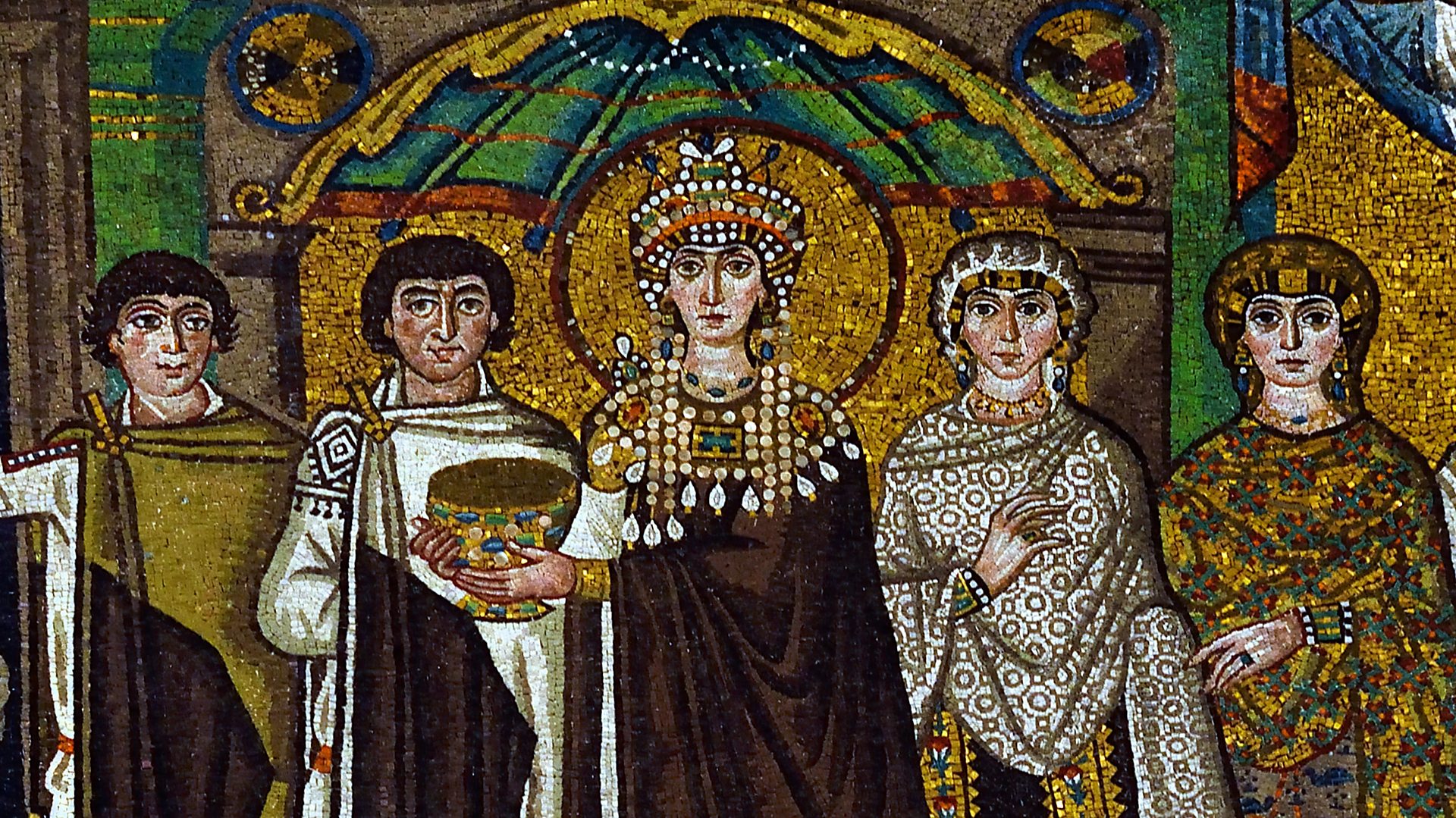The last places on Earth to see truly dark starry nights
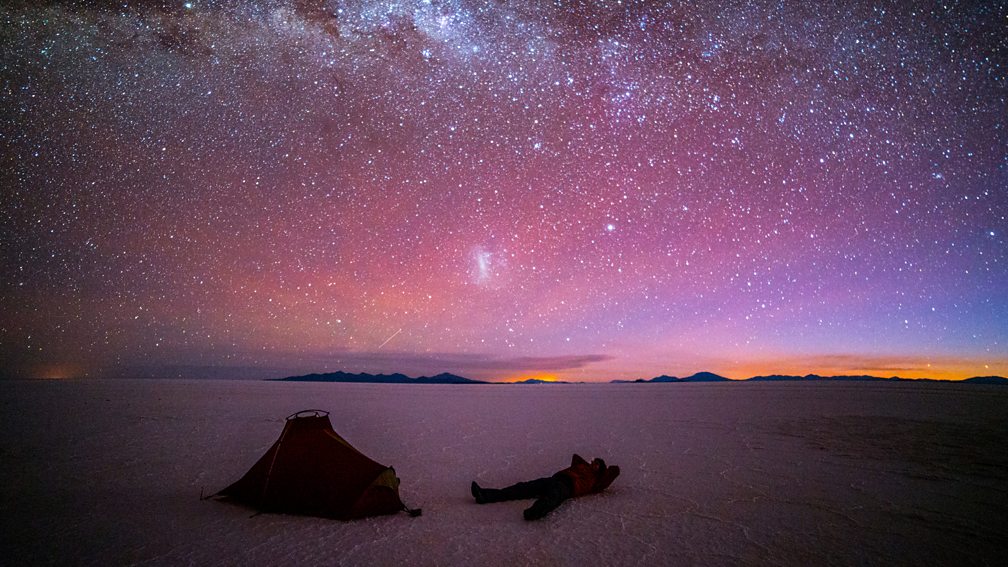
Astrophysicist and documentary photographer Jordi Busqué shares 11 photos of the night's sky that transcend the boundaries of science and venture into the realm of pure wonder.
Before the beginning of the 19th Century, when Paris became the first city in Europe to use gas lighting to illuminate its streets, the sight of the Milky Way was as commonplace as the sight of the Moon. But in recent decades, light pollution has become so intense that many people rarely get to admire a starry night.
I've been always fascinated by astronomy. As a child I spent a week each summer in my grandmother's village, a tiny place called Peñarroyas in the province of Teruel, Spain, that had just four permanent inhabitants. The night skies there were unbelievable, with so many stars I couldn't even make out the main constellations. It felt as impressive as jumping on a rocket and going to space.
A few years later, I took my first pictures of the centre of the Milky Way rising behind the hills that surround the village. I eventually became an astrophysicist, which makes the experience of being out there, under the stars, even more meaningful to me. Now, I travel the world as a documentary photographer and science communicator in search of the last places on Earth where you still can see truly dark, starry nights.
From Morocco to Patagonia, these 11 photos reveal some of the world's last dark-sky sanctuaries and offer a glimpse into the majesty that once enveloped humanity.
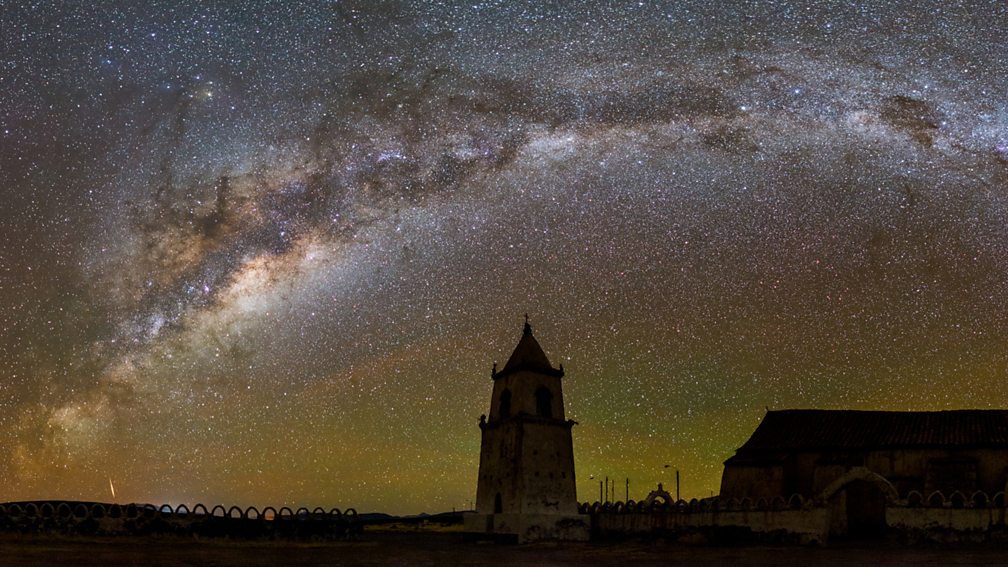
Taken in northern Chile's Atacama Desert at an altitude of nearly 4,000m, this panoramic view of the Milky Way showcases its path across the sky. The Atacama Desert is one of the driest parts in the world and it offers one of the highest rates of sunny days. This means no clouds at night, which is essential if you want to photograph the stars. On the left-hand side of the photo, you can see the centre of the Milky Way, which is the brightest part of the galaxy.
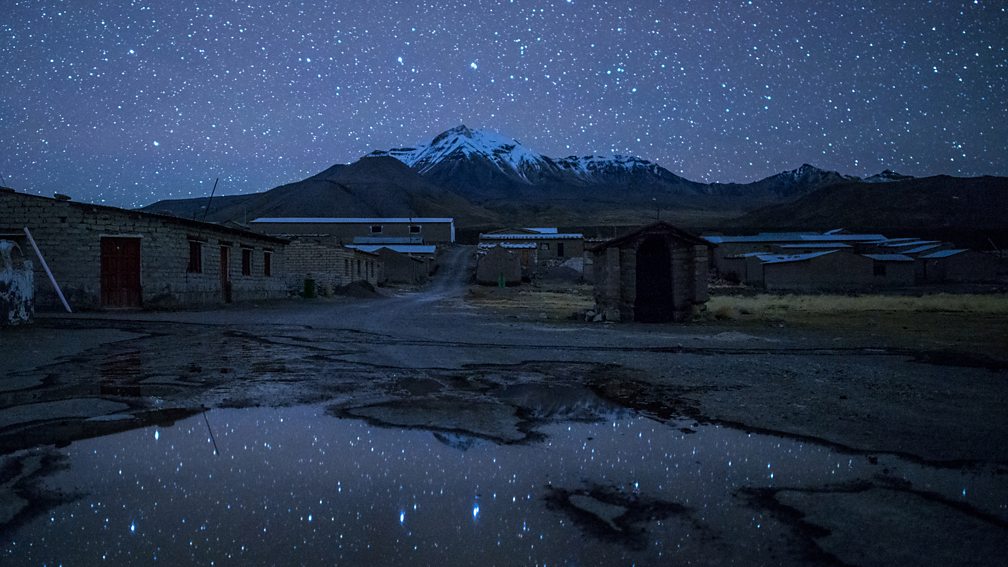
I captured this photo in a long-abandoned village in northern Chile where the nights had once again become dark. In the sky, you can see the part of the constellation of the Great Bear that is popularly known as The Big Dipper. This is one of the constellations that is visible both from the northern and the southern hemispheres. But here it is upside down compared to how it would be seen at that moment from the north. Thankfully the pool of water on the ground reflects the Big Dipper back into the upright position.
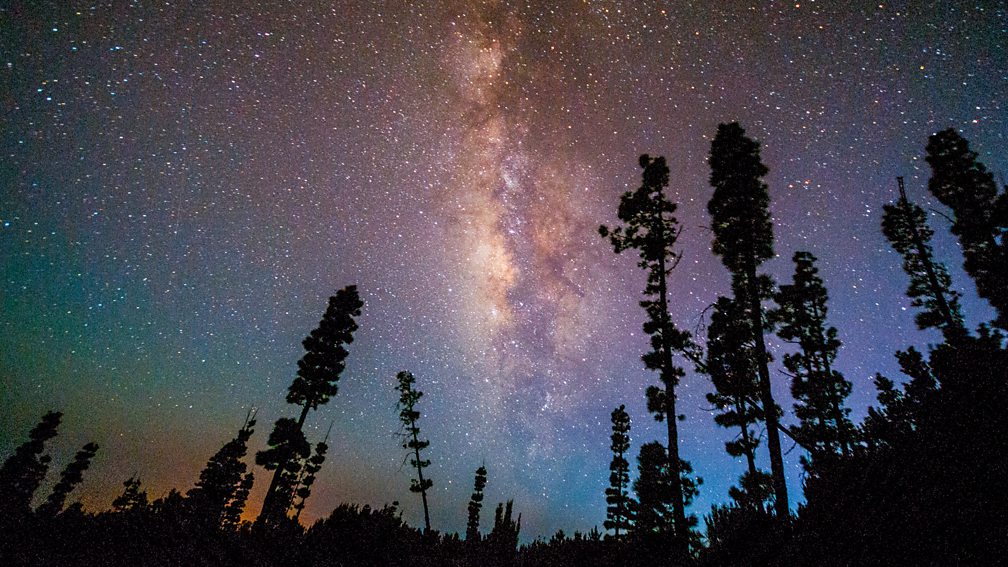
Thanks to its brightness, the centre of the Milky Way is relatively easy to observe. From the northern hemisphere, it is best seen during the summer when looking south, as shown in this picture taken from Spain's Canary Islands. Our solar system orbits the centre of the Milky Way every 250 million years. Given that our planet is about 4.5 billion years old, this means it has completed around 20 orbits around the galaxy's centre.
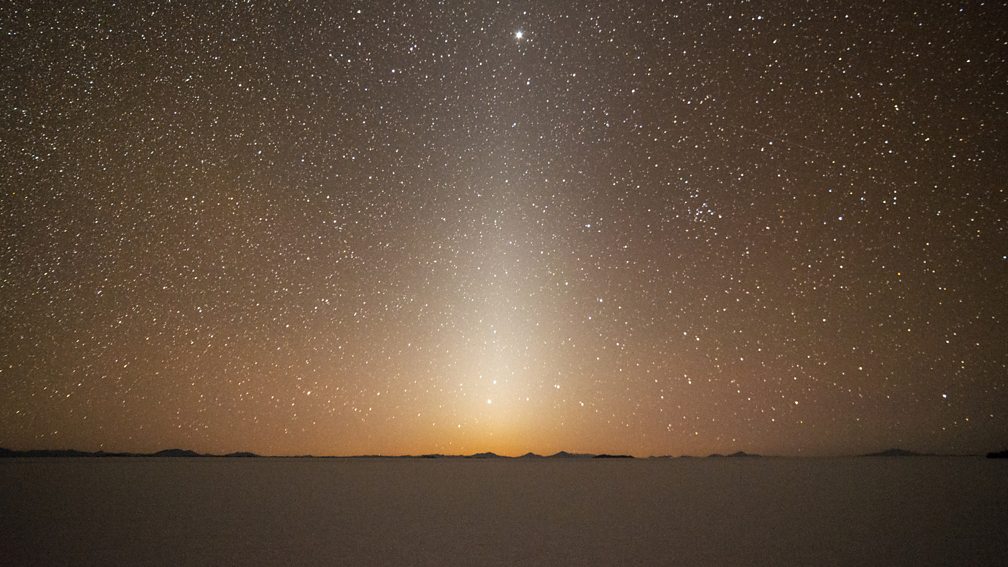
One of the most challenging quality tests for a night sky is the visibility of the zodiacal light, which is much fainter than the Milky Way. The zodiacal light results from the Sun's light reflecting off the dust particles floating within our solar system and appears as a faint, narrow and somewhat triangular-shaped glow in the night sky, stretching upwards from the horizon.
In springtime, you can see the zodiacal light about one hour after sunset, and in autumn about one hour before dawn. The time of the year is also very important. It's only in spring and autumn that it stretches vertically upwards from the horizon. During summer and winter, the glow forms a smaller angle with the horizon and it doesn't go as high in the sky. In Muslim tradition, the zodiacal light is referred to as the "false dawn" because in the dark desert nights it can be mistaken for the actual dawn. This picture was captured in the salt deserts of the Bolivian highlands, at an altitude of approximately 3,700m.
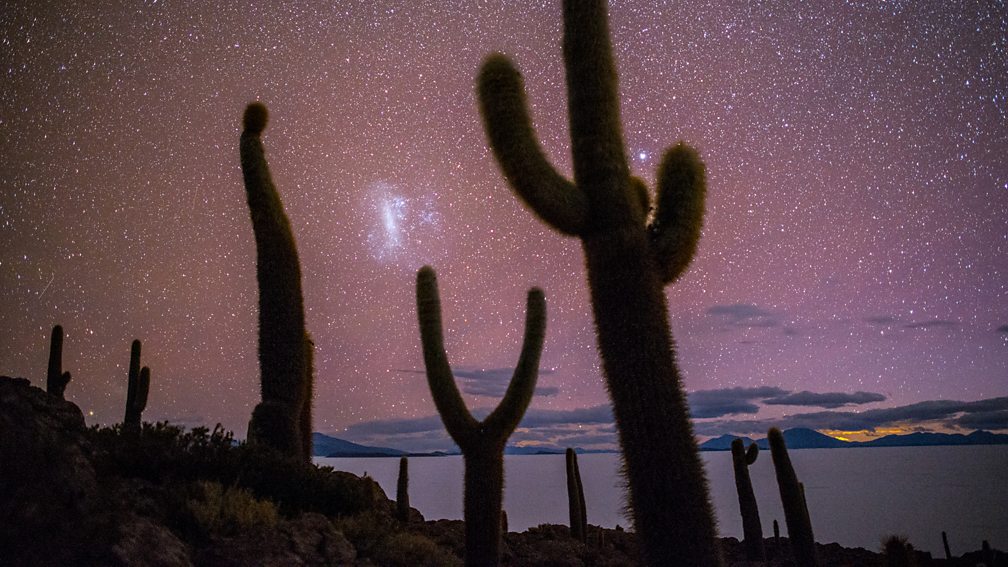
When you are in truly dark places, you can see galaxies with the naked eye. The white, cloud-like shape in the centre of the photo is called the Large Magellanic Cloud. It is a dwarf galaxy and a satellite of our Milky Way. Antonio Pigafetta, who accompanied Ferdinand Magellan's circumnavigation of the world from 1519-1522, first reported its sight to Europeans, who were unaware of its existence, since it is visible only from the southern hemisphere. This photograph was taken in a field of giant cacti in Bolivia.
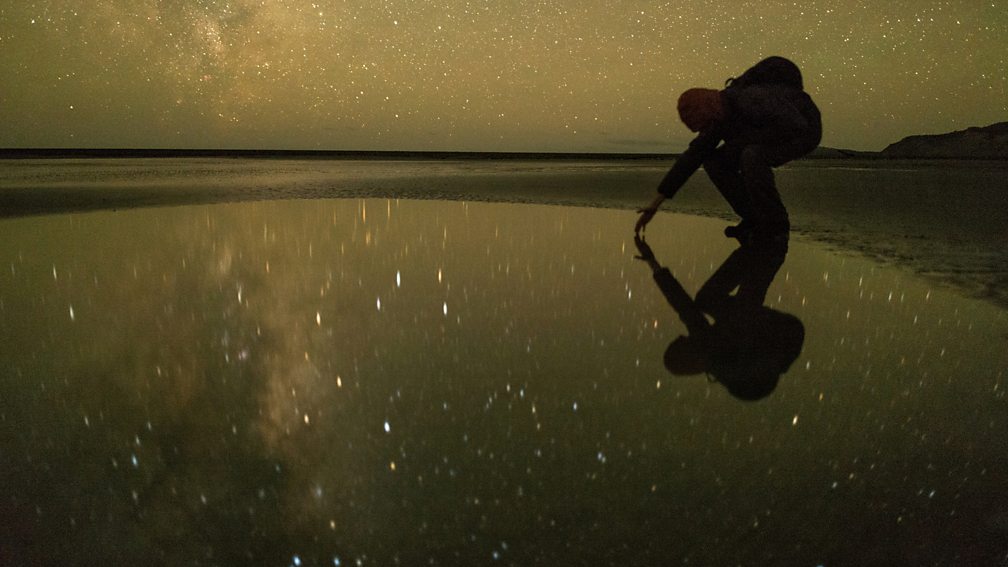
In some places, it almost feels like you can touch the stars. That was the sensation I wanted to convey with this image of stars reflected in a tidal pool on the Argentinian coast of Tierra del Fuego. The region is known for its strong winds, so I monitored the wind forecast for many days to maximise my chances of achieving stable water conditions and thus a clear reflection.
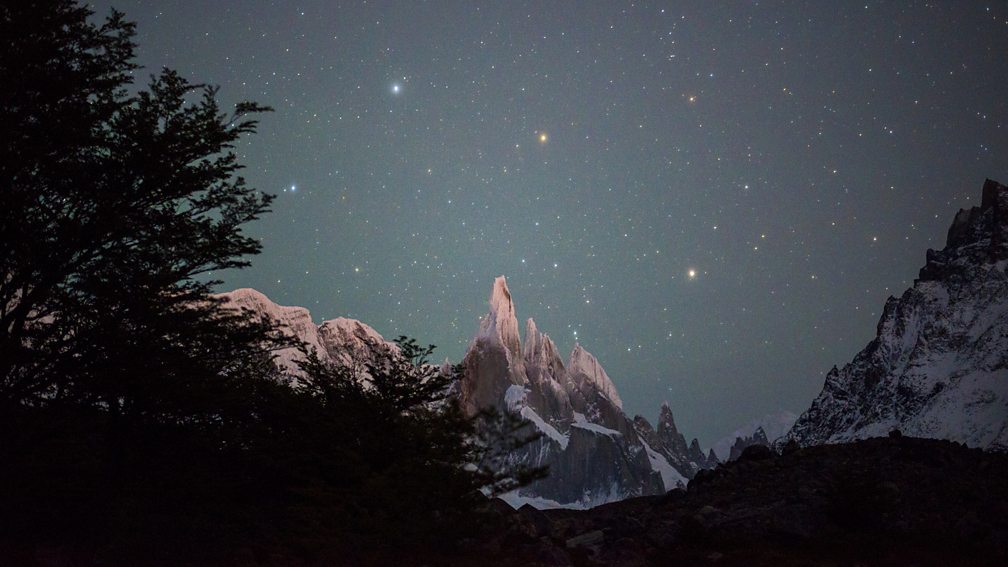
It took me three visits to capture this shot of Cerro Torre, the legendary peak of the Patagonian Andes in Argentina, as the peak is often shrouded in clouds. Here you can see the varying colours of the stars, which provide insight into their surface temperature and, to some extent, the stage in their life cycles. Stars that appear redder are cooler and usually older than their bluer counterparts.
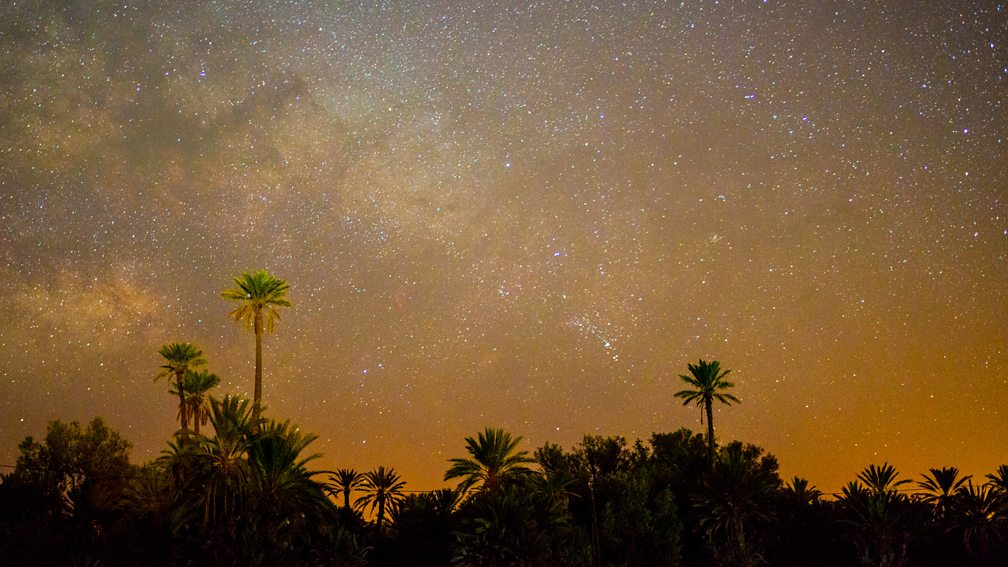
To find places with clear night skies, you need to go where the population density is low. For that reason, deserts tend to be good places to admire starry nights. This photograph was taken in an oasis in the Sahara Desert; here you can see cloud-like shapes that are visible to the naked eye. But the shapes hold a secret that is only revealed when using a telescope or binoculars. Galileo Galilei was the first person to do that (with his small home-made telescope) in 1610 and discovered that the clouds of light are actually dense swarms of millions of individual stars.
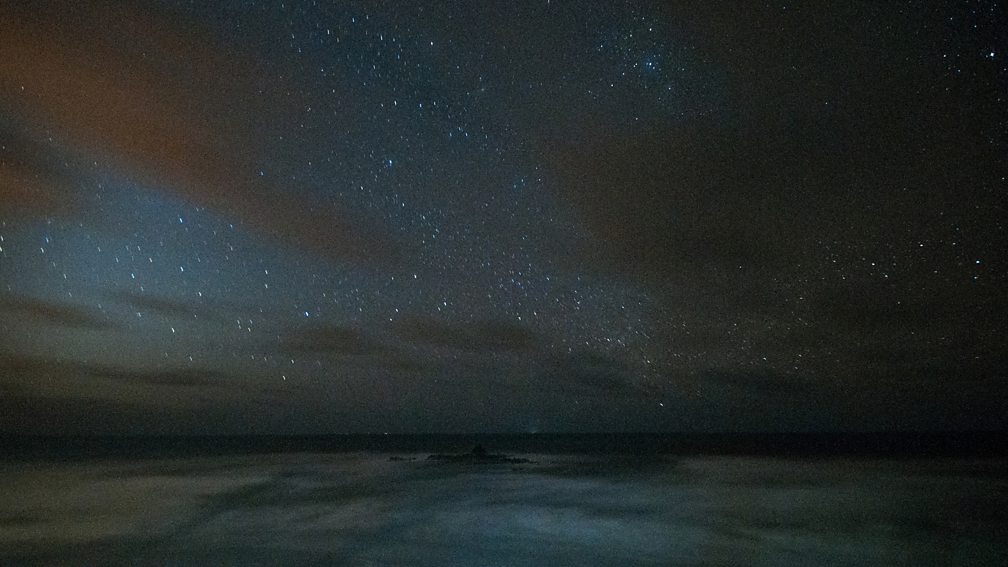
Here, on the Atlantic coast of Morocco, you can see the very soft glow produced by the light of the stars, which is stronger facing the sea than facing the land. Baby sea turtles use this light to move towards the sea right after hatching. Unfortunately, light pollution makes the land glow stronger than the sea's, causing them to get confused and walk in the opposite direction. Light pollution annoys astronomers, but also other creatures of the night like baby sea turtles, moths and fireflies.
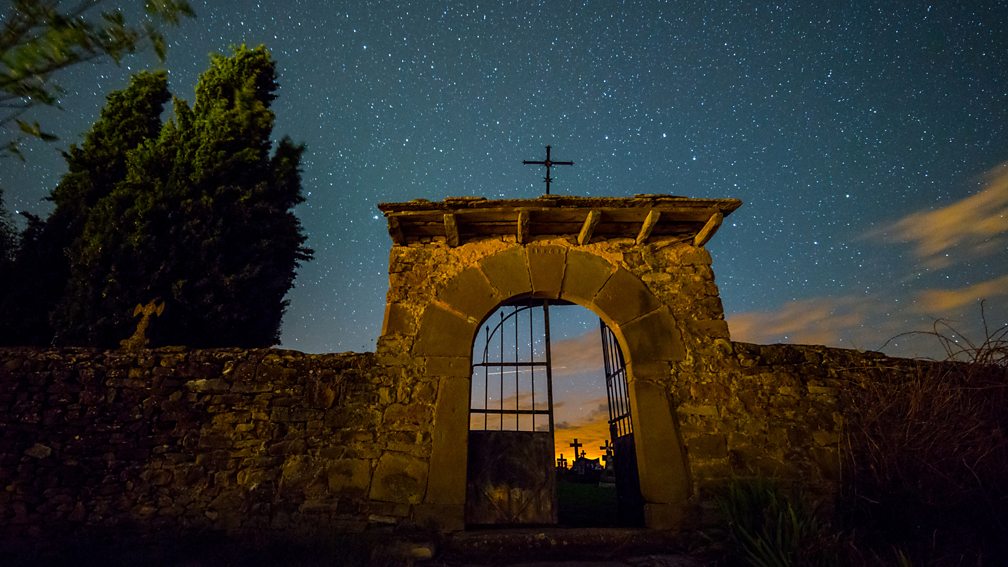
In Europe, it is increasingly difficult to find places with no light pollution. The best we can hope for is to find a place where at least part of the sky remains dark. Such places still exist in some mountainous rural areas, such as the Pyrenees, where I took this picture in a cemetery to convey the sense of eternity that you often get from looking at the stars.

I took this self-portrait at the salt flat of Uyuni in Bolivia. When you lie down and look up in a place with no trees or other high objects, your visual field only contains stars and it's very easy to imagine you are just floating in space or on the surface of the Moon.
I'd like to encourage people to try it out. Gazing up into a starry night offers a perspective shift, urging us to reassess our priorities. When we marvel at the immensity of the night sky, it reminds us that our planet is an exceptional place. Amid the brevity of our lives compared to celestial bodies, we need to be mindful of our journey on Earth.
BBC Travel's In Pictures is a series that highlights stunning images from around the globe.
---
Sign up to the Future Earth newsletter to get essential climate news and hopeful developments in your inbox every Tuesday from Carl Nasman. This email is currently available to non-UK readers. In the UK? Sign up for newsletters here.
